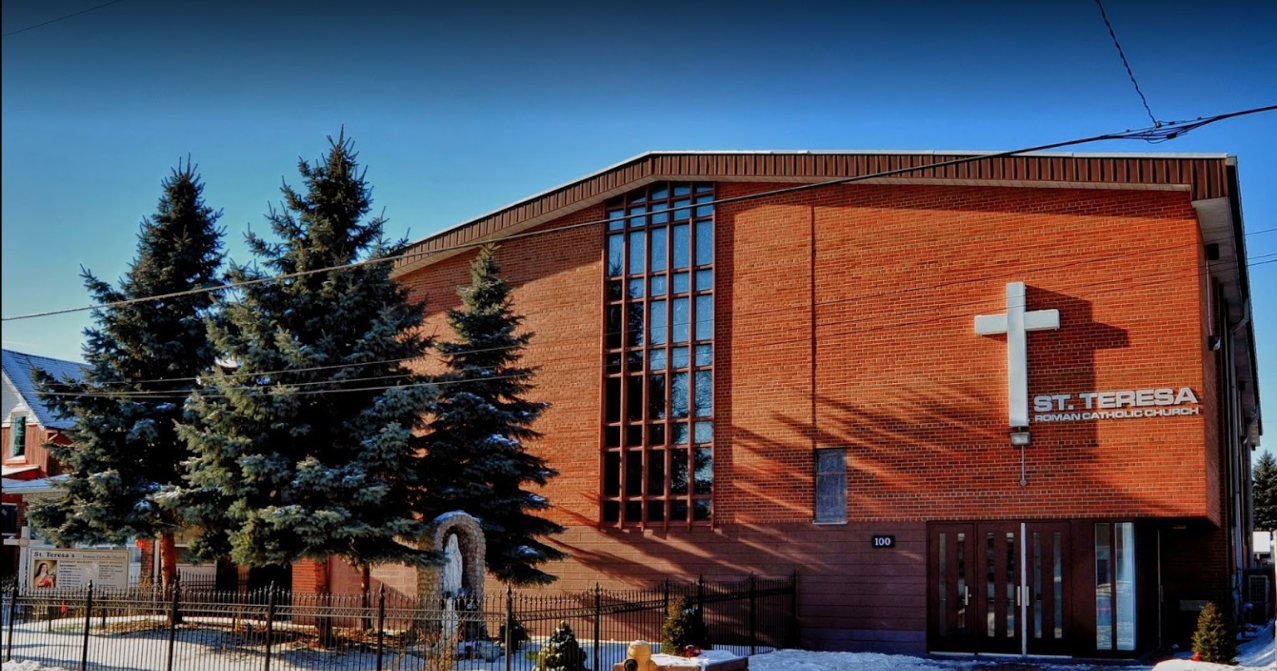- Strona główna
-
Nasza wspólnota
- Archdiocese of Toronto
- Catholic Cemeteries
- Wolontariat
- Dostępność
- Polityka bezpiecznego środowiska
- Nasza wiara
- Nasze duszpasterstwa
- Życie parafialne
- Biuletyn
- Skontaktuj się z nami
- Wyszukaj

The Illuminating Story of the Advent Wreath
Of the many symbols that mark the liturgical seasons of the Latin Church calendar, few are better known or more beloved than the Advent wreath, which marks the passage of the four weeks preceding Christmas.
What are the origins of the Advent wreath?
While it might seem unthinkable to celebrate the season of Advent without the longstanding custom of using a wreath to mark its progress, the origins of the Advent wreath are mysterious.
Pre-Christian Germanic peoples mounted lit candles on boughs in the month of December as a sign of hope during the darkest time of the year. In the Middle Ages, Christians adapted the tradition and used the bright candles as a preparation for the coming of Christ – the true light of the world – at Christmas. By the 16th century, use of the wreath became more formalized in Catholic and Lutheran circles.
What is the meaning of Advent?
Because Advent is so closely related to Christmas, it can scarcely be understood apart from that joyous feast. The word Advent comes from the Latin, Adventus, which means “coming.” It is the season in which we look forward to Christ’s coming at Christmas, and, less obviously, his Second Coming as well.
By the 10th century, influenced by Gallican traditions, the Roman Church had come to emphasize fasting and penance as a way of preparing the soul to receive Christ at Christmas.
What is the symbolism of the Advent wreath?
This penitential tradition helps explain the colour of the four candles found on the classic Advent wreath. Violet is a colour associated with penance, hence, the three violet candles call to mind the prayer, penance, sacrifice and good works to be undertaken as we await Christ’s coming.
The rose-coloured candle, used on the third Sunday of Advent, represents the joy that the Christian experiences as they have reached the halfway point of the season and await the revelation of the light of Christ. Priests also wear rose vestments during this Sunday, which is known as Gaudete Sunday, from the Latin word for “rejoicing.”
Some modern adaptations include the use of a white candle placed in the middle of the wreath, which represents Christ, and is lit on Christmas Eve.
The circular shape of the wreath which has no discernable beginning or end, along with the evergreens of which it is made, symbolize God’s eternity, the immortality of the soul and the eternal life found in Christ, to whom the wreath points.
Meditating on the Advent wreath
Next time we look at the flickering candles of the wreath, perhaps we can call to mind the invitation to prepare our hearts for Christ’s coming at Christmas and be filled with hope as “The true light, which enlightens everyone, [is] coming into the world” (Jn. 1:9).
Fr. Seamus Hogan is an associate professor of Church history at St. Augustine’s Seminary.
